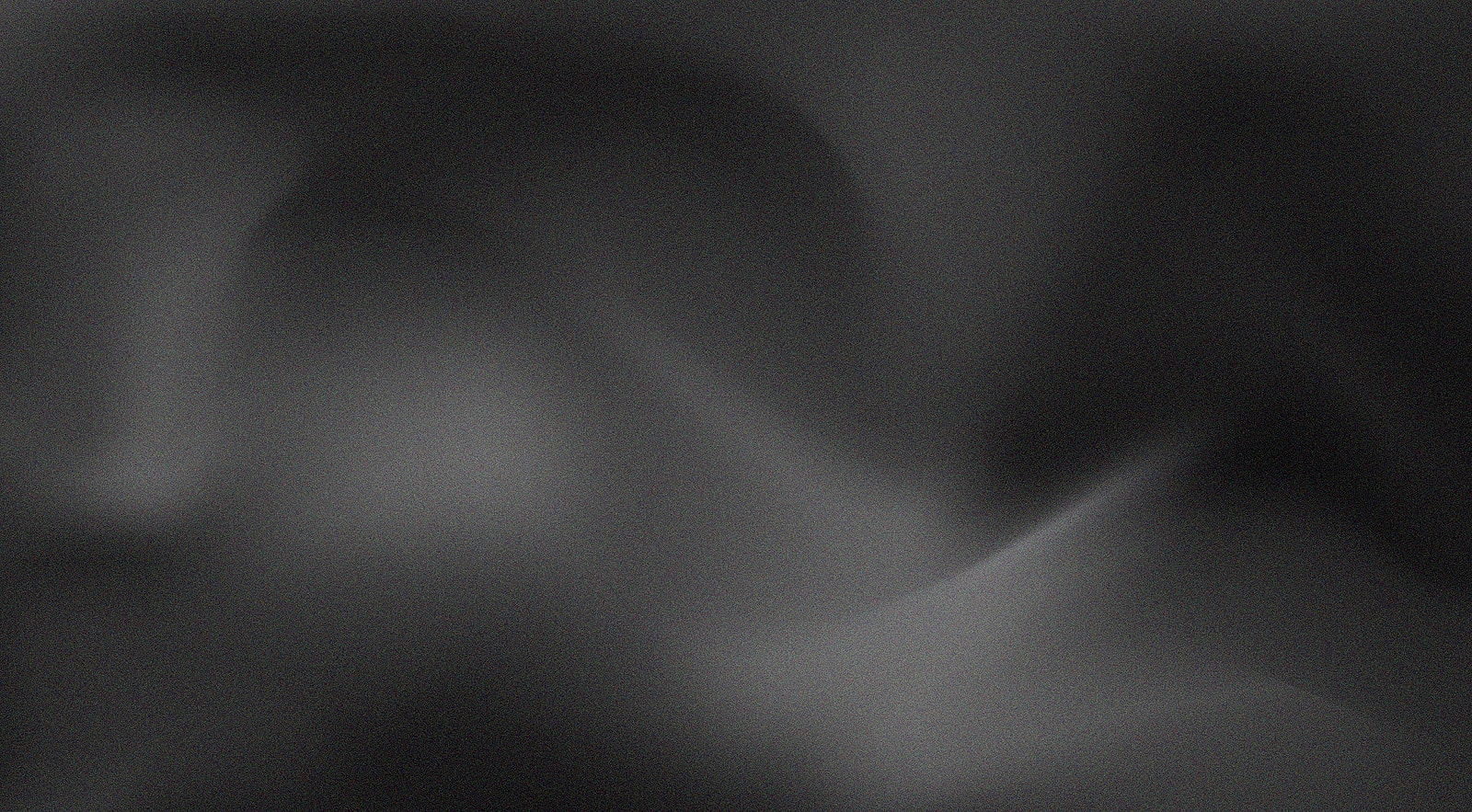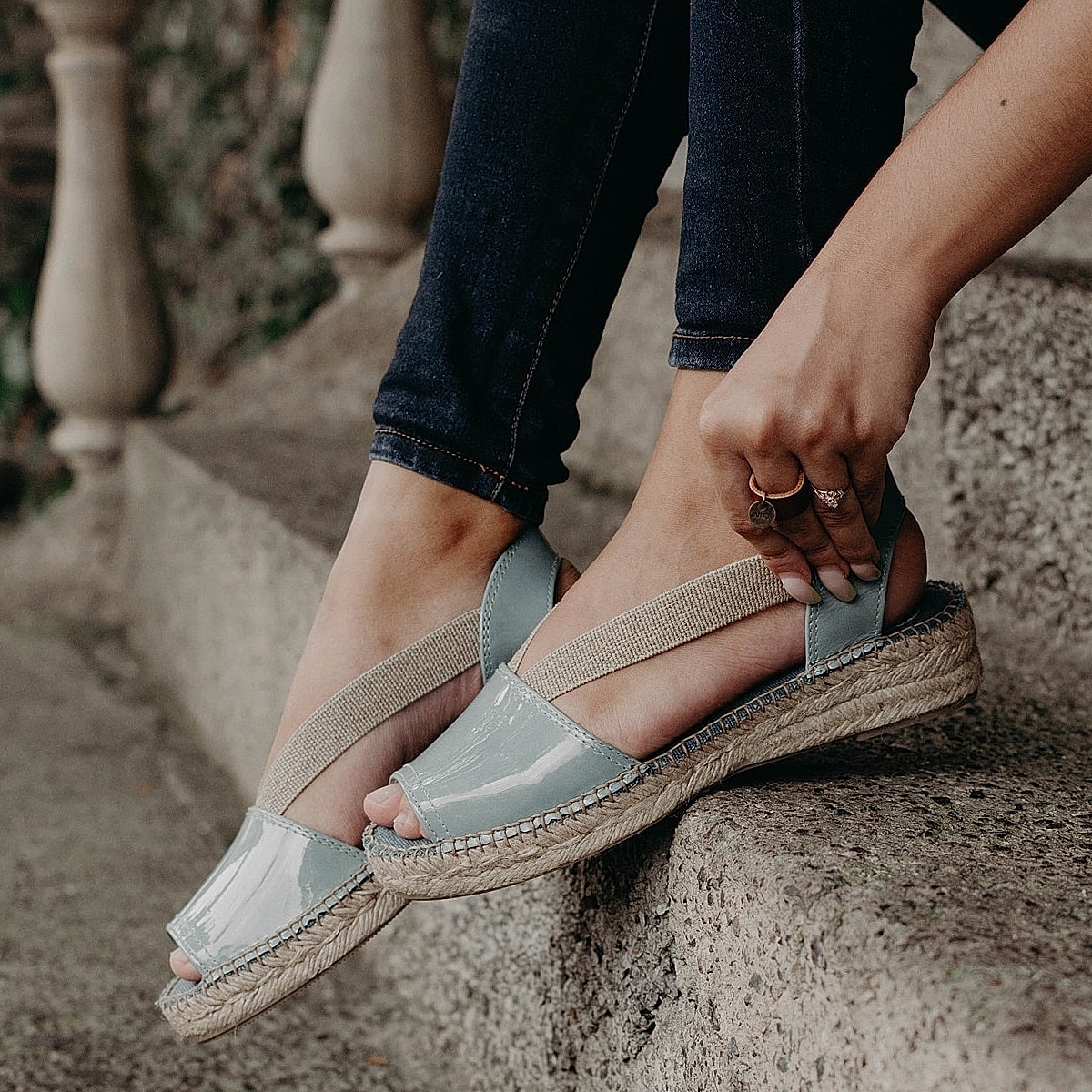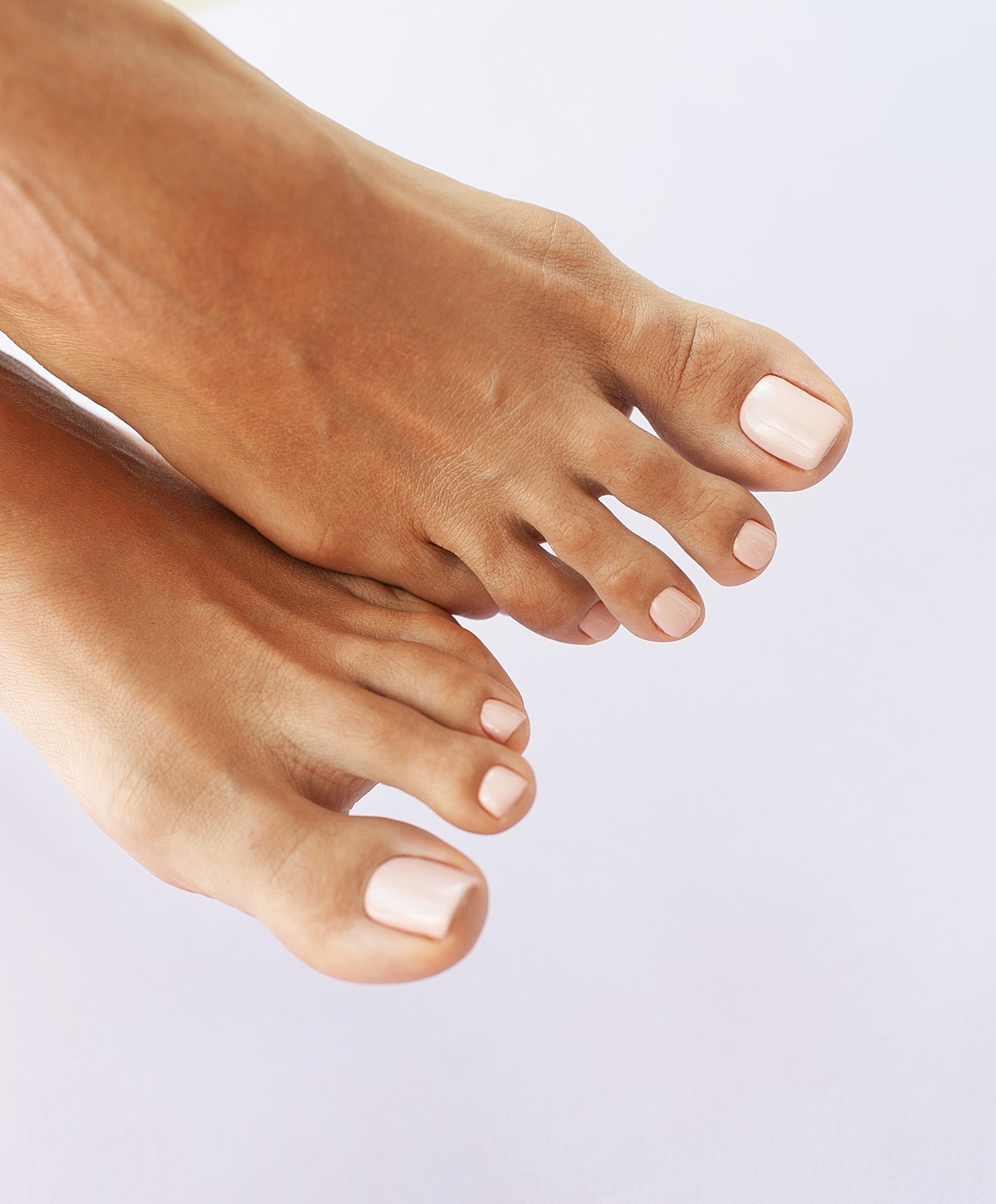
Fungal Toenail and Skin Infections



Fungal toenail infections and skin conditions like athlete’s foot are common, persistent problems that can impact your comfort, confidence, and overall foot health. At New Orleans Podiatry, we treat both toenail fungus (onychomycosis or tinea unguium) and skin-based fungal infections (tinea pedis) with a combination of proven medical therapies, advanced technology, and personalized care plans.
Our goal is not just to improve appearance but to address the source of infection, protect your other nails and skin, and help prevent recurrence.
Nail injury, shared nail clippers, walking barefoot in public showers or pools, wearing shoes that trap moisture.
Thickened nails, white or yellow discoloration, nail separation, itching, peeling, or cracked skin between toes.
Topical antifungal medicines, oral antifungal tablets, laser treatments, and device-based therapies.
Trim toenails straight, wear clean socks, use flip flops in locker rooms, and avoid sharing footwear or tools.
Most treatments allow you to resume normal activities immediately.
A fungal nail infection often begins when microscopic fungi enter the nail bed through a crack or minor injury. Athlete’s foot, a common fungal infection affecting the skin, can spread to the toenails if left untreated.
Risk factors for skin and nail fungus include:
The fungi thrive in warm, damp environments, making prevention just as important as treatment.

At New Orleans Podiatry, we create treatment plans based on the severity of your infection and your medical history. Options may include:
For skin infections like athlete’s foot, we may recommend antifungal creams, sprays, or medicated powders alongside hygiene guidance to prevent recurrence. For nail fungus, treatment often includes antifungal nail medicine and addressing any factors that may have contributed to fungal growth.

Fungal Toenail Infections:
Athlete’s Foot (Tinea Pedis):
You may need professional care if you have:
Even if the infection seems minor, early treatment prevents it from spreading to other nails or skin.

Most fungal nail infections take time to heal: new, clear nail growth can take several months. Skin infections often improve in 1–4 weeks with consistent treatment. Following aftercare instructions, such as wearing clean socks, keeping feet dry, and disinfecting shoes, helps prevent reinfection. We recommend that nail fungus patients, whenever possible, wear shoes that are non-absorbent and open (such as slides) to prevent continued or recurring growth. With ongoing care and preventive habits, many patients achieve clear nails and healthy skin that lasts.

Dr. Edward Lang and the New Orleans Podiatry team combine medical expertise with advanced treatment technology, including FDA-cleared laser systems for fungal nail infections. As a concierge-level practice, we provide direct communication, flexible scheduling, and follow-up care to ensure your results are maintained long after your treatment ends.
Over-the-counter creams may help with mild skin infections, but fungal toenails often require prescription or laser treatment for full clearance.
Toenail fungus can take 9–12 months to fully resolve because nails grow slowly. Skin infections like athlete’s foot usually clear in weeks with proper treatment.
Regular nail polish can trap moisture and may worsen fungal infections. If you’d like to cover the nail, ask us about medicated or breathable options. We offer a curated selection of organic, chemical-free polish and foot health products infused with natural antifungal ingredients to help protect and support healthy nails
Yes. Athlete’s foot can easily spread to toenails if untreated, which is why we address both conditions together when needed.
Wear flip flops in public showers, keep feet dry, trim toenails straight, and avoid sharing shoes or nail tools.